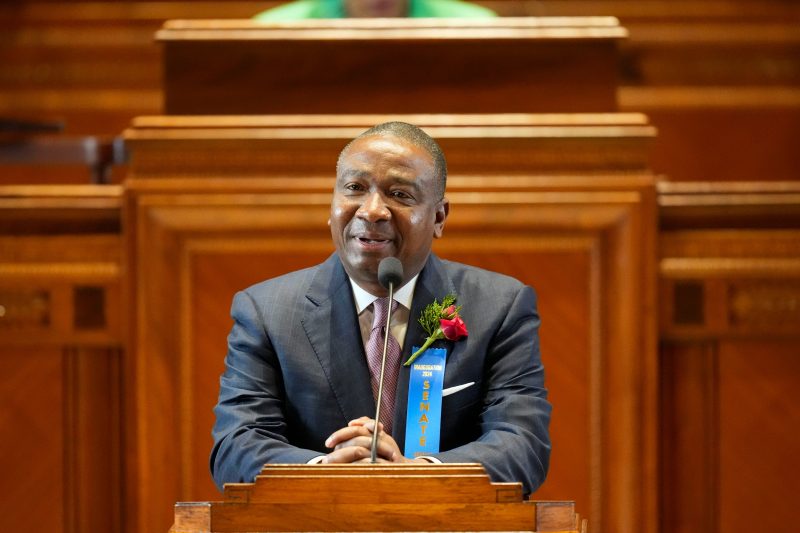In a recent development that has stirred controversy and legal debate, federal judges have struck down the congressional map of Louisiana that aimed to establish a second black majority district. The decision comes as a blow to efforts towards creating more equitable and representative electoral boundaries in the state.
The ruling, made by a panel of federal judges, highlights the complex and often contentious nature of redistricting processes, particularly when it comes to issues of race and representation. The proposed map sought to address longstanding concerns about underrepresentation of minority communities in the state’s congressional districts. However, opponents argued that the creation of a second black majority district could amount to racial gerrymandering, a practice that can be deemed unconstitutional.
The decision to strike down the map underscores the challenges faced by lawmakers and officials tasked with redrawing electoral boundaries following the decennial census. Balancing the need for fair representation of diverse communities while adhering to legal requirements and avoiding discriminatory practices is no easy feat.
The case in Louisiana is just one example of the broader debate surrounding redistricting and its implications for democracy and equity. As the demographics of the United States continue to evolve, ensuring that electoral maps accurately reflect the diversity of the population remains a pressing issue.
Moving forward, it will be crucial for policymakers, advocates, and legal experts to engage in constructive dialogue and collaboration to develop redistricting plans that promote fairness, inclusivity, and compliance with constitutional principles. While the ruling in Louisiana may have halted the creation of a second black majority district for now, it also serves as a reminder of the ongoing work needed to achieve truly representative and responsive electoral systems.
